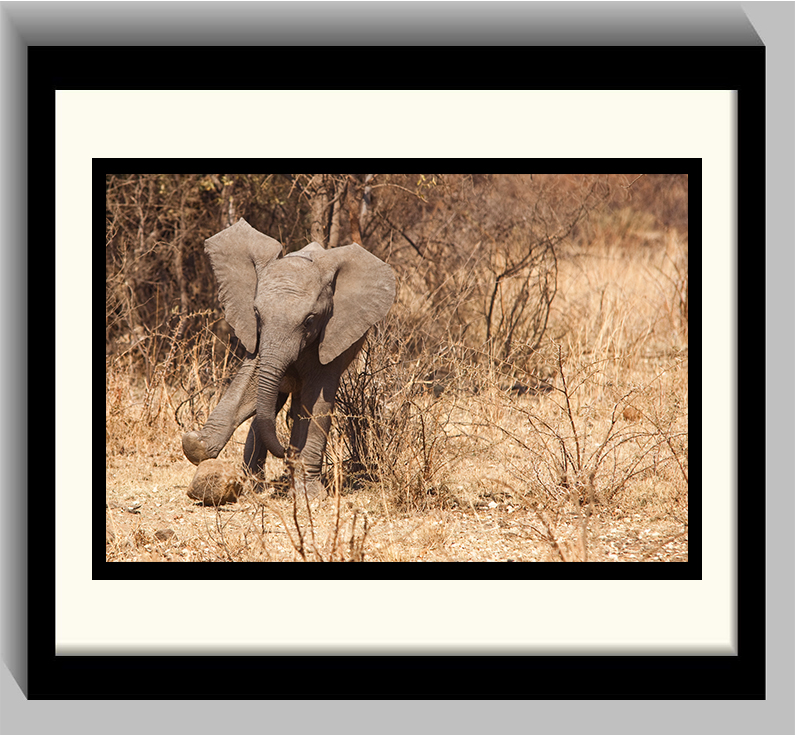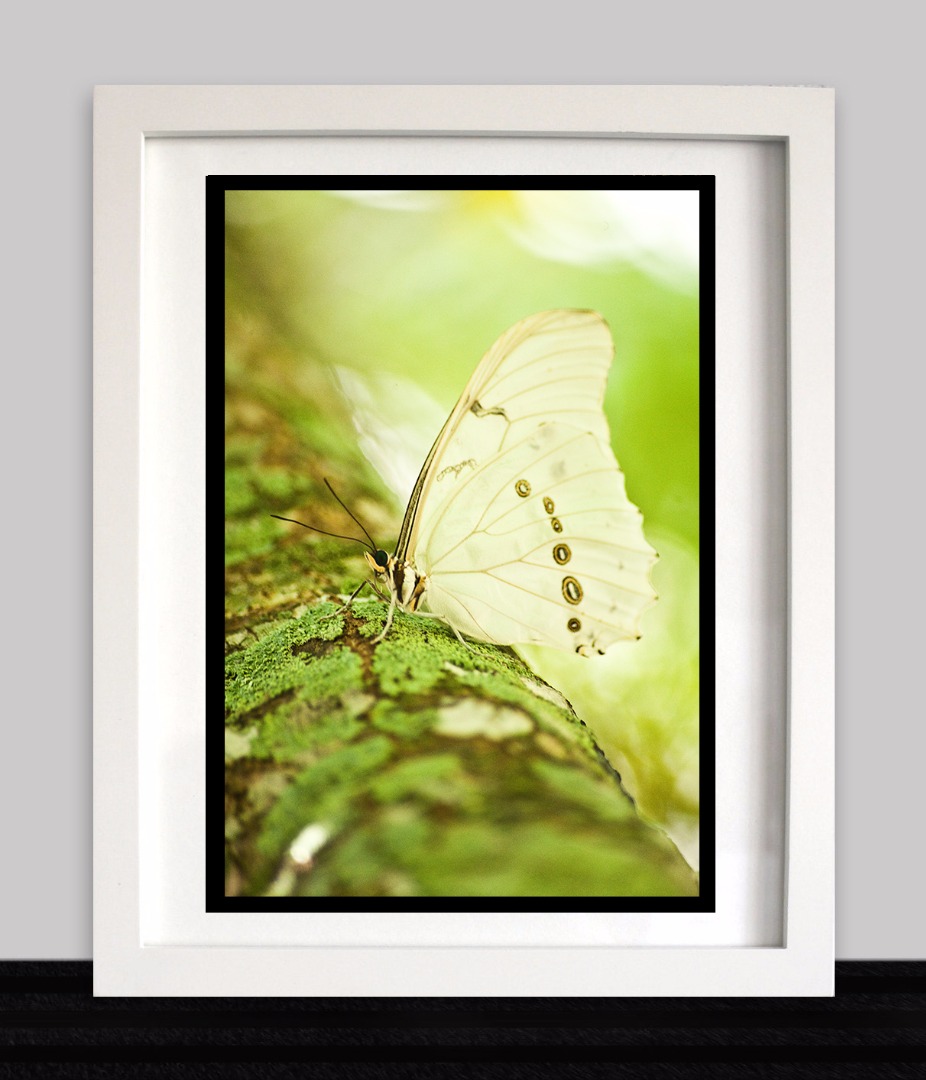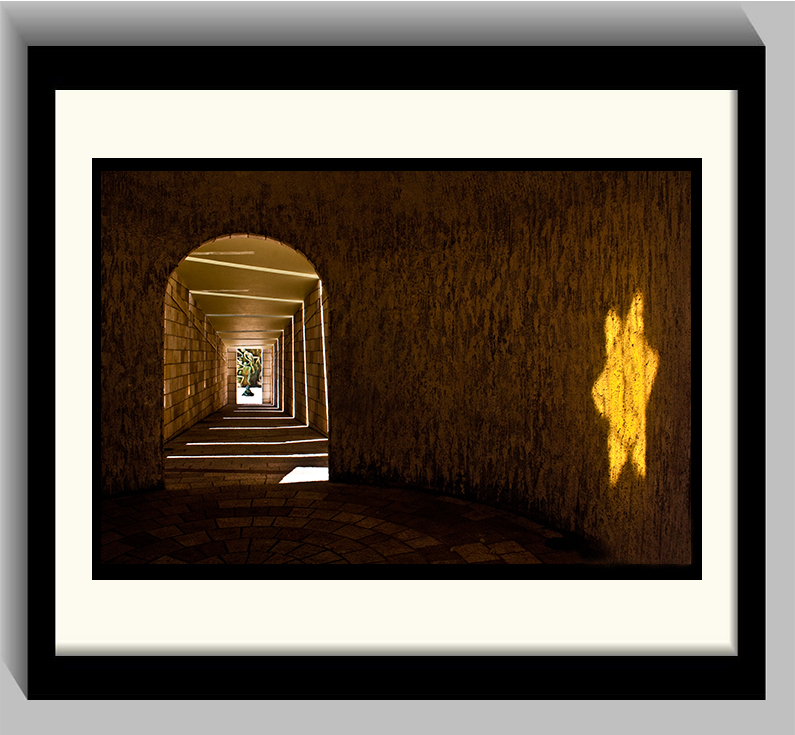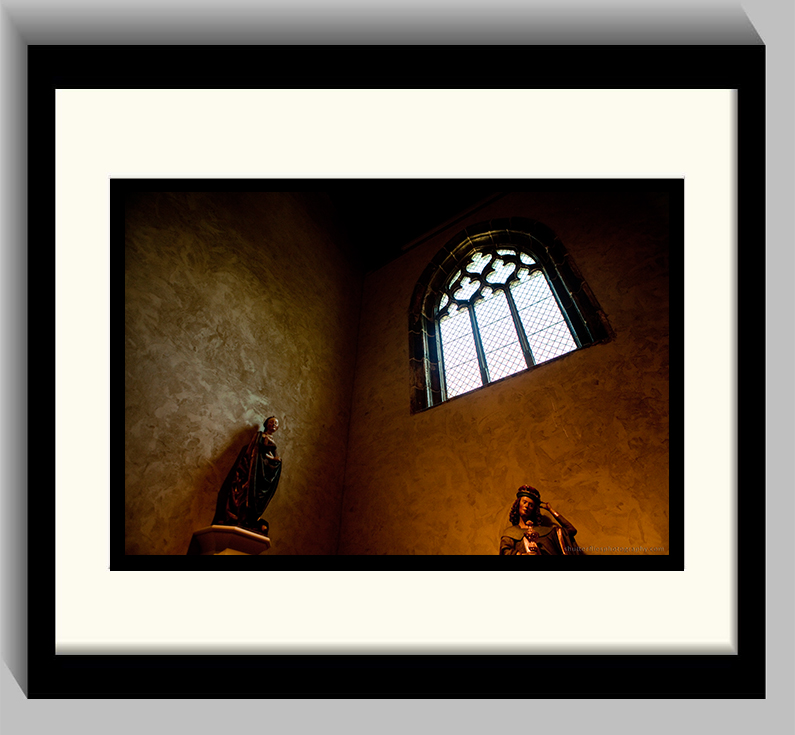Photographic Composition Elements
by lbritzphoto in Workshop > Tools
16793 Views, 109 Favorites, 0 Comments
Photographic Composition Elements

What is visual composition?
Composition is "the placement or arrangement of visual elements in a work of art." It can also be thought of as "the way in which you place your subject matter in your camera's frame."
Why is composition so important in photography?
* The composition of our images makes a huge difference to our beauty and effectiveness.
* These guidelines will make your images more compelling, allowing them to be naturally balanced, drawing attention to the important parts of the scene, or leading the viewers eye through the image.
* When you are familiar with composition, you can start to "break composition rules" to change up your images.
* There are many many different composition elements. Here we will cover some that are used a lot.
- Image Copyright: Lauren Britz Photography
- Illegal use of any images will result in prosecution.
Rule of Thirds








* Imagine that your image is divided into nine equal segments by two vertical and two horizontal lines.
* Position the most important elements in your scene at the points where they intersect. These are called "power points".
* Doing this will add balance and interest to your photo.
- Image Copyright: Lauren Britz Photography
- Illegal use of any images will result in prosecution.
Leading Lines







* When we look at a photo our eye is naturally drawn along lines.
* Placing lines in your composition can affect the way we view the image, pulling us into the picture, towards the subject, or on a journey "through" the scene.
* There are many different types of line: straight, diagonal, curvy, zigzag, radial etc
- Image Copyright: Lauren Britz Photography
- Illegal use of any images will result in prosecution.
Framing




* The world is full of objects, which make perfect natural frames, such as trees, archways, and holes.
* Placing these around the edge of the composition help to isolate the main subject from the outside world.
* The result is a more focused image, which draws your eye naturally to the main point of interest.
- Image Copyright: Lauren Britz Photography
- Illegal use of any images will result in prosecution.
Symmetry







* We are surrounded by symmetry, both natural and man-made.
* They can make for very eye-catching compositions, particularly in situations where they are not expected.
* Another great way to use them is to break the symmetry or pattern in some way, introducing tension and a focal point to the scene.
- Image Copyright: Lauren Britz Photography
- Illegal use of any images will result in prosecution.
Viewpoint or Perspective






* Selecting your viewpoint, the position from which you photograph your subject, is a very important part of composition and one that some people pay very little attention to. When taking a photo of a group of friends, how often do you move around the group looking for the best angle?
* The first, most obvious difference between one viewpoint and another is the background. If you are photographing a subject that cannot easily be moved, the only way to change what is in the background is to choose a different viewpoint.
* The subject itself can look quite different viewed from different angles. Photos can be made to take on a whole new dynamic by selecting an extreme angle of view. I shoot a lot of pictures, especially sports shots, laying down, getting the camera as close to the ground as possible.
* Also the perspective can change quite drastically, especially with wider angled lenses. If you photograph a person full length with a wide angle lens from a standing position, their head will be too big in proportion to the rest of their body. If, on the other hand, you kneel down and shoot the same picture from waist height, you will see that the whole picture is better proportioned.
* When shooting outdoors, the viewpoint you choose also affects how the light from the sun falls on your subject.
- Image Copyright: Lauren Britz Photography
- Illegal use of any images will result in prosecution.
Balance








* Placing your main subject off-centre, as with the rule of thirds, creates a more interesting photo, but it can leave a void in the scene which can make it feel empty.
* You should balance the "weight" of your subject by including another object of lesser importance to fill the space.
- Image Copyright: Lauren Britz Photography
- Illegal use of any images will result in prosecution.
Cropping






* Often a photo will lack impact because the main subject is so small it becomes lost among the clutter of its surroundings.
* By cropping tight around the subject you eliminate the background 'noise', ensuring the subject gets the viewer's undivided attention.
- Image Copyright: Lauren Britz Photography
- Illegal use of any images will result in prosecution.
Reflections





* Reflections, such as in water or glass, are an effective form of composition.
* Photos that incorporate reflection have a lot more happening in the picture that other images. All the elements of shape, line, color are duplicated and create a more dramatic image.
COMMON TYPES OF REFLECTIONS:
* Natural: Occurring in nature. Eg: Reflections over water.
* Architectural: These occur on architectural surfaces. Eg: A reflection of a building in another glass building.
* Surreal: These require an artistic eye. Eg: The Taj Mahal reflected in a puddle of water on a rainy day.
* Abstract: They show colors and lines without revealing what the reflected subject is. Eg: colorful building reflected on water, showing wavy lines and colors.
- Image Copyright: Lauren Britz Photography
- Illegal use of any images will result in prosecution.
Texture




* Images are a two dimensional art, yet with the clever use of ‘texture’ they can come alive and become almost three dimensional.
* Texture particularly comes into play when light hits objects at interesting angles.
- Image Copyright: Lauren Britz Photography
- Illegal use of any images will result in prosecution.
Shadows


* Shadows can create harsh images distorting landscapes and faces, however if you learn to train your eyes you can use shadows to your advantage to make stunning imagery.
* Images that use shadows well are expressive and visually exciting.
* Learning to see interesting shadows and use them photographically will help make your images richer. Here are some examples that will show you how to use shadows in your work.
- Image Copyright: Lauren Britz Photography
- Illegal use of any images will result in prosecution.
Color






* Color is one of the most obvious composition elements. Everyone knows that intense colors make people take notice of your images. Color has a couple of functions in photographs.
* First, color grabs the attention of the viewer.
* Perhaps, because this function of color is so palpable, many photographers miss the more sophisticated, and in some cases far more powerful, function of color: color sets the mood of an image.
- Image Copyright: Lauren Britz Photography
- Illegal use of any images will result in prosecution.